|
Recent scientific advances have facilitated exploration of the microbiome and are spurring interest in how microbial communities are connected among species and how attention to microbiomes can support soil health, food quality, and human health. There is also the possibility that new discoveries in the soil microbiome could facilitate drug development and address threats to human health, including antibiotic resistance, contaminants, and soil-borne pathogens. Finally, there are questions about whether management practices are linked with the nutrient density of the food produced and about the interactions of the soil microbiome with soil contaminants. Therefore, the U.S. Department of Agriculture’s National Institute of Food and Agriculture asked the National Academies of Sciences, Engineering, and Medicine to convene a committee of experts to explore the linkages between soil health and human health (see Figure 1). The committee approached its task from a One Health concept, which posits that soil should be valued as an ecosystem that, when healthy, contributes to the health of other ecosystems, plants, humans, and other animals. Here are the highlights of their June 2024 report. These notes were prepared by LWV UMRR Board member Mickey Croyle (LWV St Louis, MO), based on a webinar given by the National Academy of Sciences on June 13, 2024. To obtain a copy of the full report, click here. The graphic above was used to show relationship and need to study throughout then presentation USDA, Food and agriculture funding paid for the report to look at human health, animal health, soil, environmental heath and define the relationship for soil and human health. The mycobiome needs to be studied in greater detail. The soil biodiversity in mycelium (fungus) and microorganism is implicit in this aspect. DNA sequencing is getting better understanding. Healthy soil with intact microbiome affects animal and human gut microbiome. Soil health correlates to people: - food supply - nutrient quality - water requirement and supply - suppression of disease LINKAGES BETWEEN SOIL MICROORGANISMS AND HUMAN HEALTH The most obvious linkage between soil microorganisms and human health rests on the fact that soil microorganisms do the work needed to produce food, including cycling nutrients and carbon, filtering water, and building soil structure and organic matter. Perhaps less recognized is the critical role the soil microbiome plays in climate regulation, including carbon sequestration, and the ability of soil microbes to metabolize many organic contaminants into harmless byproducts, which limits exposure to humans. We need to advance our understanding of linkages between soil microorganism and human health: - more robust sampling with enhanced data re-utilization that will quantify the microbial roles in human and soil health - improved decoding and diagnostic platforms to more effectively monitor the heterogeneity and dynamics in microbiomes - support cross domain collaboration to prove an integration microbiome understanding that spans the soil to human continuum. LINKAGES BETWEEN AGRICULTURAL MANAGEMENT PRACTICES AND HUMAN HEALTH Common agricultural management practices have increased crop yield and food security, but this productivity has often come at the expense of soil health, with detrimental effects on the environment and human health. For example, synthetic fertilizer use has greatly increased crop production but also caused excess nutrients to leach from agricultural fields, sometimes resulting in contaminated groundwater, algal blooms, and production of potent greenhouse gases that contribute to climate change. At its most fundamental level, agricultural management practices often create trade-offs between the many services soils provide to people; for example, food production on the one hand and, on the other, the ability of ecosystems to sustain biodiversity, sequester carbon, and perform myriad other functions that are equally, even if less obviously, essential to human health. Nutrient availability in the soil and environmental conditions, management practices and plant genetics all participate in determining nutrient density in the food supply. Pre-quality and post harvest variables also affect nutritional quality of food consumes. This makes it difficult to identify direct linkages from soil health to crop nutritional quality and effect on human health - Food composition -food processing - foodborne pathogens mycotoxins - consumer food choices LINKAGES BETWEEN AGRICULTURAL MANAGEMENT PRACTICES AND THE NUTRITIVE VALUE OF FOOD Although there is a common perception that healthy, well-managed soils produce healthier foods, the connection is not always clear. Nutrient availability in the soil, environmental conditions, management practices, and plant genetics all play a part in determining the nutritional quality of food. Comparative studies of different production systems (e.g., conventional versus organic) have tried to assess the interplay of these factors, but variations in experimental design, soil types, crop species, and environmental conditions have yielded divergent results. What ultimately determines the nutritional quality of food crops is the amount of essential nutrients with health-promoting potential that are transported to, or synthesized within, the edible portion of the plant. These include minerals and biosynthesized macromolecules such as amino acids/proteins, carbohydrates, lipids, vitamins, and phytochemicals. We need to advance understanding of linkages between agriculture management practices and the nutritive value of food requires: - translation research to understand the effect of practices on nutrient and bioactive density of crops - Research to understand how food composition can be influenced by management or breeding to achieve higher levels of health beneficial compounds - Research to understand the utility of bio stimulants in nutrient uptake and yield and potential effects on indigenous soil - Research in food processing technology that enhance profile of health beneficial nutrients and compounds. IMPROVING SOIL HEALTH TO IMPROVE HUMAN HEALTH A healthy soil sustains biological processes, decomposes organic matter, and recycles nutrients, water, and energy, reducing the need for synthetic fertilizers and irrigation. It helps mitigate exposure to some chemical contaminants and sustains food production. All of these functions make the prioritization of soil health for human health benefits even more important in the face of climate change, which will adversely affect soil nutrient cycling and exacerbate the detrimental effects of flooding or drought on soil stability and water-holding capacity. Improving soil health to improve human health needs: -better quantification of soil health using a national monitoring approach - more long term and on the farm research to better understand the underlying mechanism of soil health - research into management practice that overcome potential trade offs from common agriculture practices -research that increase the safe and effective use of underutilized resources - investment in plant breeding fro more complex systems - Farm program support for practices that impove soil health and increase crop spatial and temporal diversifications. GOING FORWARD Shifting the perception of soil to a valued ecosystem that is interconnected with the health of plants, humans, and other animals will be spurred on by a better knowledge of underlying mechanisms contributing to soil health and its connectedness to plant and human health, and a continued optimization of ways to quantify and compare health. It will require changes in farm-support programs to value soil health as a metric of success and to transition toward more complex and perennial cropping systems as well as increased circularity where waste streams are turned into safe resources. Finally, societal awareness of the role soil health plays in human health beyond food production must increase, which will require the involvement of many federal agencies, scientific societies, companies, and international organizations. We need to increase awareness of relation health and soil. Federal agencies and scientific societies should continue their work to promote the public awareness of the importance of soil health and societal value beyond the immediate material benefits: Interrelationship between the build environment, water habitat wild animals, humans soil and plants, air, land. COMMITTEE ON EXPLORING LINKAGES BETWEEN SOIL HEALTH AND HUMAN HEALTH Diana H. Wall (Chair), Colorado State University; Katrina Abuabara, University of California, San Francisco; University of California, Berkeley; Joseph Awika, Texas A&M University; Samiran Banerjee, North Dakota State University; Nicholas T. Basta, The Ohio State University; Sarah Collier, University of Washington; Maria Carlota Dao, University of New Hampshire; Michael A. Grusak, U.S. Department of Agriculture’s Agricultural Research Service; Kalmia E. Kniel, University of Delaware; Ylva Lekberg, MPG Ranch; University of Montana; Rebecca Nelson, Cornell University; Kate M. Scow, University of California, Davis; Ann Skulas-Ray, University of Arizona; Lindsey Slaughter, Texas Tech University; Kelly Wrighton, Colorado State University
STUDY STAFF Kara N. Laney, Study Director; Roberta A. Schoen, Director, Board on Agriculture and Natural Resources; Ann L. Yaktine, Director, Food and Nutrition Board; Katherine R. Kane, Senior Program Assistant (through March 2024); Samantha Sisanachandeng, Senior Program Assistant (from April 2024) FOR MORE INFORMATION This Consensus Study Report Highlights was prepared by the Board on Agriculture and Natural Resources based on the Consensus Study Report Exploring Linkages Between Soil Health and Human Health (2024). The study was sponsored by the U.S. Department of Agriculture’s National Institute of Food and Agriculture. Any opinions, findings, conclusions, or recommendations expressed in this publication do not necessarily reflect the views of any organization or agency that provided support for the project. Copies of the Consensus Study Report are available from the National Academies Press (800) 624-6242 | https:// nap.nationalacademies.org Division on Earth and Life Studies  Mary Ellen and brother David, a few years ago Mary Ellen and brother David, a few years ago The Nishnabotna is a river in southwestern Iowa. It starts in Carroll County, Iowa, and flows south, entering the Missouri near Watson, Missouri. The predominant land use in the area is row crop agriculture. Small cities along the river include many businesses that support agriculture. The West Nishnabotna is a designated water trail and outfitters will set folks up with kayaks and tubes to enjoy the river. LWV UMRR Chair, Mary Ellen Miller, was born in Red Oak, Iowa, a small town on the banks of a small river, the East Nishnabotna. She remembers standing on her porch as a small child, watching the flooded river lapping at the steps of her family home. The river flooding was exacerbated by removal of wetlands and natural ponding, and straightening of the meanders that used to hold water upland. The Nishnabotna is a very different river than it was before Europeans arrived on the prairie. The Spill: On March 11, a massive spill of liquid fertilizer from the NEW Cooperative in Red Oak was discovered. Apparently, it had begun on March 9, when a valve was left open and 1500 tons (265,000 gallons) of inorganic fertilizer were discharged into a drainage ditch that flows into the East Nishnabotna. Iowa DNR is investigating. According to the Iowa Capitol Dispatch (3/13/24), "An investigation into the extent of the environmental damage is pending, but the crop fertilizer killed fish and might have affected the river all the way to the Missouri border, which is about 40 miles downstream from the southwest Iowa town, said Wendy Wittrock, a DNR senior environmental specialist who investigated the incident. Wittrock said it is likely the largest fertilizer spill she has investigated: “It is a lot of fertilizer.” The spill was reported Monday morning by NEW Cooperative after one of its employees noticed the leak and stopped it. The cause of the spill is under investigation, but the fertilizer leaked from a valve in an area where it is transferred from a very large tank into smaller tanks for distribution. The large tank — which holds about 500,000 gallons — is in a containment area that can prevent wider spills, but the transfer area does not have the same protection, Wittrock said. It’s unclear how long the valve was leaking. “Upon discovery of the spill, management immediately initiated containment protocols as per our established safety procedures,” NEW Cooperative said in a prepared statement on Wednesday. “We promptly notified the appropriate local authorities and regulatory agencies and have been working diligently in close cooperation with them ever since.” A spokesperson for the Fort Dodge-based cooperative declined to comment further. That amount of fertilizer is worth hundreds of thousands of dollars. Impacts of the Spill: Dead Fish
Dead fish and other river life line the watercourse, all the way to the Missouri River, 60 miles from the spill. The Des Moines Register reports "State conservation officials have found no living fish in the East Nishnabotna River south of Red Oak — the result of a massive fertilizer spill at a farmers cooperative. The only living fish were discovered near Hamburg in far southwest Iowa, downstream of where the river joins with the West Nishnabotna, said John Lorenzen, a fisheries biologist for the Iowa Department of Natural Resources. However, the handful of surviving carp he saw appeared to be in the process of dying. “I’ve never dealt with a situation like this before,” Lorenzen said." In a March 27 article, the Iowa Capitol Dispatch reports that 750,000 fish died in this incident. This number would have been higher except that the fish populations are low at this time due to cold temperatures and low flows. Impacts of the Spill: Drinking Water Risks The DNR alerted towns downstream from Red Oak about the potential effect the spill might have on drinking water, although none of the towns draw water directly from the river. Several of them have relatively shallow wells near the river, according to DNR records. The Iowa DNR is encouraging private well owners near the river in Montgomery, Page and Fremont counties to contact their county health department to test their wells for nitrate. The service is free using Iowa's Grants-to-Counties (GTC) program. Missouri state officials are also investigating the impacts the spill might have on the Nishnabotna River, which goes for about 10 miles in that state before joining the Missouri River. Kansas City draws drinking water directly from the river, but the Missouri River is large and the city is more than 100 miles downstream. “We think it’ll be fairly diluted by the time it gets down here,” said Karen Rouse, a regional director for the Missouri Department of Natural Resources. (Source: Iowa Capitol Dispatch 3/13/24) Impacts of the Spill: Risk to Livestock Because of low water levels in the East Nishnabotna, the concentration of liquid nitrogen fertilizer is higher than normal and causing concern for animals due to high nitrate and urea levels. The Iowa State University College of Veterinary Medicine Toxicologist Scott Radke recommends animal owners keep them away from the river until the fertilizer moves out of the area. (Source: WQAD News, March 13, 2024) ILLINOIS, WE HAVE A PROBLEM! Of the streams that Illinois EPA has assessed for water quality conditions from 2020–2022:
This campaign that aims to change the way Illinois thinks about and cares for its water. Starting in southern Illinois and working their way north, PRN will support downstream communities by listening to their concerns and helping to identify and implement locally-informed solutions and financial resources. Through these efforts, PRN will support communities as they build climate resiliency and advance their vision for the future. Clean Water Forever starts with telling the truth about the water quality crisis in the Midwest and ends with finding long-term solutions to protect Illinois communities. Robert Hirschfeld is the Director of Water Policy for the Prairie Rivers Network. The Prairie Rivers Network is based in Champaign, Illinois.
Illinois’ communities, rivers, and habitat. He also works on many of PRN’s communications and social media campaigns, and he produces videos and podcasts. Background: Robert joined PRN in March 2011. Before joining the professional staff, Robert was a legal intern for PRN, working on Clean Water Act compliance and enforcement. Robert sometimes dabbles in music. Education: B.A. in religion and Asian studies from the University of Puget Sound and a J.D. from the University of Illinois College of Law About the Prairie Rivers Network:
The Prairie Rivers Network works to protect water, heal land and inspire change, using the creative power of science, law, and collective action. Prairie Rivers Network is the independent, state affiliate of the National Wildlife Federation. You can read the PRN 2020-2024 Strategic Plan for more information on their mission and vision for Illinois’ rivers and streams. Here are links to information about PRN's organization: MISSION & HISTORY ACCOMPLISHMENTS BOARD OF DIRECTORS STAFF Post by Gretchen Sabel, Communications Director LWV UMRR was incorporated in 2015, after being affirmed by our membership at our first Annual Meeting on October 24 in Dubuque, and being affirmed by the LWV US Board on April 1, 2016. In the early days, we traveled across the region, getting to know our watersheds and member Leagues. Like everyone else, we turned to Zoom and were virtual for years, finding that this is an effective way to us to work in our far-flung watershed. In early June, 2023, the LWV UMRR Board met in La Crosse for our first in-person retreat since 2020. Our current chair, Mary Ellen Miller (home League LWV Metro Des Moines, IA) noted that we've matured as an organization in these seven years. Some elements are working well, but others need some adjustment. Now we will be re-evaluating our structure, and seeking ways to bring more people into our Board and committees.
monthly newsletter. The Bylaws Committee will examine the structure of the Board and recommend changes to bring in more Board members in meaningful roles. The Action Committee is also seeking new members as we expand our work and advocacy. We will share more on these new committees in upcoming blog posts. The Nominations Committee is also seeking new members. Take a close look at the picture above. Do you recognize anyone well-known to all of us Leaguer's? Yes, we had several special guests at our Board Retreat. One was LWV US President Deb Turner. We were honored to be able to ask her our questions about how an ILO like LWV UMRR works with LWV US. She observed that there is no book written that outlines how this relationship is supposed to go so we are writing it as we go. We committed to working together to develop strong ties and effective working relationships. LWV US Midwest Regional Organizer, Jessica Rohloff, also attended - she will be on hand in this role as we move ahead.
All in all, the retreat was a three-day event filled with camaraderie and exploration. It was amazing to be able to meet in person after years of Zooming, and we not only worked but got to know each other informally. Here are some pictures from the event!
The implications of this decision will vary by state, depending on how the state regulates ephemeral waters. (Ephemeral waters are waters that present in wet times but vanish in dry times. A permanent wetland can be isolated in dry times, but connected to a lake, river or stream in wet times.) The author of this blog post checked State Departments of Agriculture in the five states now part of the LWV UMRR family. Wisconsin, Illinois, Missouri and Minnesota had no mention of the Sackett decision as of May 29. Iowa Secretary of Agriculture Mike Naig, applauded the decision as bringing needed certainty to farmers. In states where state regulations do not prohibit removing isolated wetlands or preserving ephemeral watercourses, it's reasonable to think that there will be significant pressure to develop or farm in these areas. Even if something like this is allowed now, those who do the developing and farming will still face the reality that water 'seeks its own level', meaning that in large rainfall events or wet seasons these areas will again be inundated and the water will need to be dealt with. Where will this water go?
The Minnesota is degraded by excess nutrients and sediments that erode streambanks and bury aquatic habitat. The increased flow in the river due to the drainage of the extensive wetlands that covered the land before European settlement has caused significant damage to the river. Th is has led to the Minnesota being not only a major source of nutrient pollution to the Mississippi, but also being "a river where aquatic life struggles." Rivers and streams across the Midwest are similarly degraded. The Sackett decision can lead to more drainage and more development. This expansion will alter the hydrology, leading to two major concerning outcomes. One will be reducing the time that water has to sink into the soil and replenish groundwater; the other will be the direct discharge of more runoff to surface waters, making them hotter and dirtier. (Want to learn more about the role of groundwater in the hydrologic cycle? Read here.) Hotter and dirtier water will mean more struggles for aquatic life, and less 'fishable and swimmable' waters overall.
Now that the federal government has opened this door, it will be up to individuals, local governments and state leaders across the country to decide how protected our waters will be for the foreseeable future.
Our featured presenters are Alicia Vasto from the Iowa Environmental Council speaking on the Mississippi River Restoration and Resilience initiative (MRRRI), Brandt Thorington from the Mississippi River Cities and Towns Initiative on the Safeguarding the Mississippi River Together initiative (SMRT), Lara Bryant from the Natural Resources Defense Council speaking on behalf of the Clean Water For All Coalition on the Farm Bill reauthorization and Kirsten Wallace from the Upper Mississippi River Basin Authority on the notion of an Upper Midwest Compact to protect the waters of the Mississippi from diversion. We have more information on the speakers in this post on the UMRR Blog. This video was recorded on May 21 at 10:30. This video is presented by the League of Women Voters Upper Mississippi River Region. To learn more about our organization and our work, visit our website at https://www.lwvumrr.org/ .
The answer is that Congress is one piece – an important one – of the solution to the Mississippi’s woes. In the UMRR Annual Meeting, we will have an exciting panel of speakers to talk about bills currently in the US Congress that have the potential to greatly affect our river. We will also explore the idea of a “compact” between river states to protect the river from water diversions. This session will set the stage for the work that LWV UMRR will tackle in the years to come. Join LWV UMRR for this session on May 21 at 10:30. This meeting will be held in Webinar format on Zoom - pre-registration is required. Click this link to pre-register! You will receive the link to the meeting by return email; we will send reminders in May, including on the 21st. Registration is open until the meeting starts on May 21 at 10:30. We have a great slate of panelists for this session - representatives from other organizations working for the river and leading work on federal bills and big ideas. We will cover the Mississippi River Restoration and Resilience initiative (MRRRI), the Safeguarding the Mississippi River Together initiative (SMRT), the Farm Bill reauthorization and a big idea - the notion of an Upper Midwest Compact to protect the waters of the Mississippi from diversion. Our speakers represent organizations that are working to protect the Mississippi.
Here is a quote from comments that the Mississippi River Network's Masiah Kahn made at the December 14 HTF virtual public meeting:
This annual public meeting is the only opportunity that the public, non-profit organizations, and other stakeholders get to engage the Task Force as a whole – and we think the Task Force can do much better to encourage and enable robust public participation in a meeting like this. I echo the concerns raised about the fact that despite incremental progress in reduction strategies and the increased adoption of innovative conservation practices, we are nowhere near the interim target of reducing nitrogen and phosphorus loading by 20 percent by 2025. We can no longer keep doing the same thing and expecting different results. It’s also hard to see the forest for the trees when the Task Force’s overarching goals are not front and center in meetings like this. You can find the presentations and comments from Dec 14 Hypoxia Task Force meeting at this link. This year's Gulf of Mexico Dead Zone (which occurs near where the Mississippi River drains into the Gulf) brings the same story of a larger-than-average measurement. The hypoxic (no oxygen) 'dead zone' measured three times larger than our national goal, measuring in at over 6,300 square miles; an area larger than the state of Connecticut. It is a stark reminder that we must be doing more, not less, to protect clean water across the Mississippi River Basin. Friends of the Mississippi River’s, Peter LaFontaine, breaks down this year’s measurement and solutions to the problems here. It’s time for a new vision Now, we have a great opportunity to do something different. Let’s break this cycle of the same headlines year after year. The Mississippi River Restoration and Resilience Initiative (or MRRRI) is one new tool we can support right now. Matt Rota of Healthy Gulf in Louisiana recently shared that, “this legislation would create a Federal office focused on the health of the Mississippi and would include significant funds dedicated to nitrogen and phosphorus pollution that feeds the Dead Zone”. The MRRRI Act, or H.R. 4202, was introduced by Congresswoman Betty McCollum earlier this summer. Take action to support a new vision for the Mississippi River now by emailing or calling your congressperson (don't worry, it's easy to take action!). The Dead Zone is three times larger than it 'should' be. Image: LUMCON/NOAA results from their July 25 - August 1, 2021, Gulf Hypoxia Zone measurement cruise. 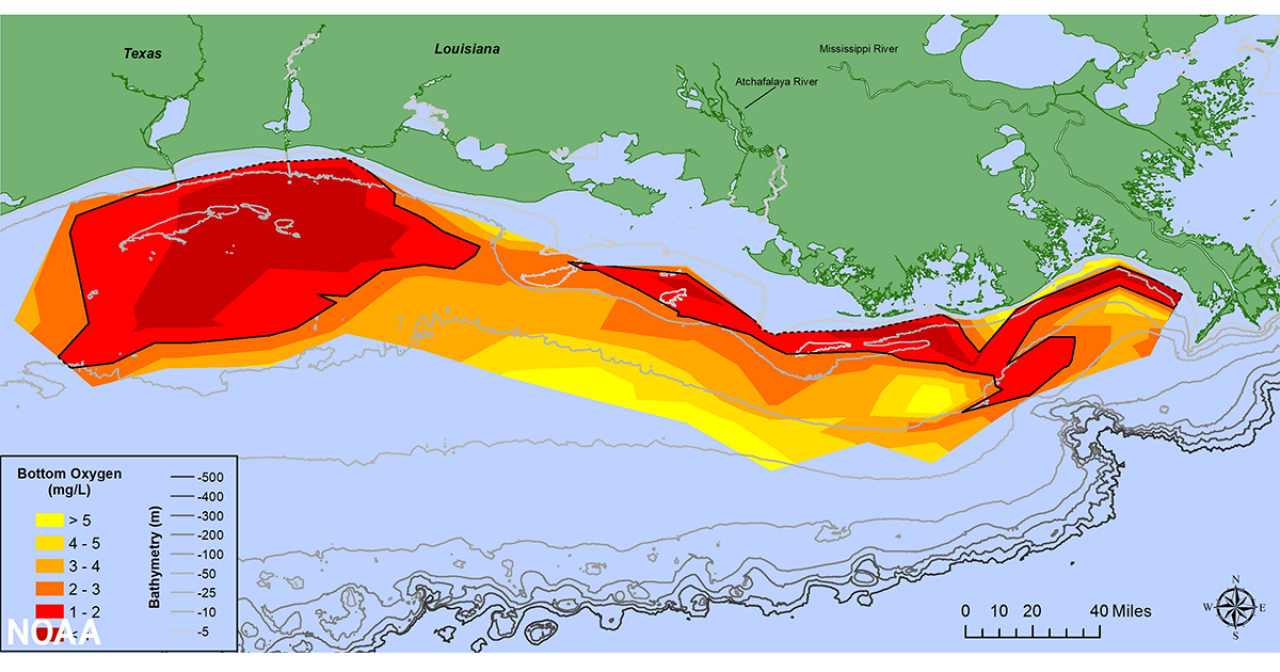 This blog post was extracted from an email sent by 1 Mississippi on September 2, 2021.
Fishers and Farmers' outreach work is helping people connect in their local watersheds around the water they share. F&F programs Online and On-Air are must-see's - click the picture below and take a look at their resources. You can learn about upcoming radio programs (like the May 15 broadcast of Neighbor to Neighbor with Pam Jahnke, which will focus on the Cedar River and Black Hawk Creek watersheds) and live conversations (like Boots on the Ground, an upcoming interactive conversation on May 20 focused on the Polk County, Iowa, Soil and Water Conservation District), as well as find recordings of past sessions that take you all around the Upper Mississippi.
Fishers and Farmers' website has many excellent resources - take a look today! Thanks to F&F for their work to bring people together and improve soil health and water quality in the Upper Mississippi Basin!
|
| LWV Upper Mississippi River Region | UMRR blog |

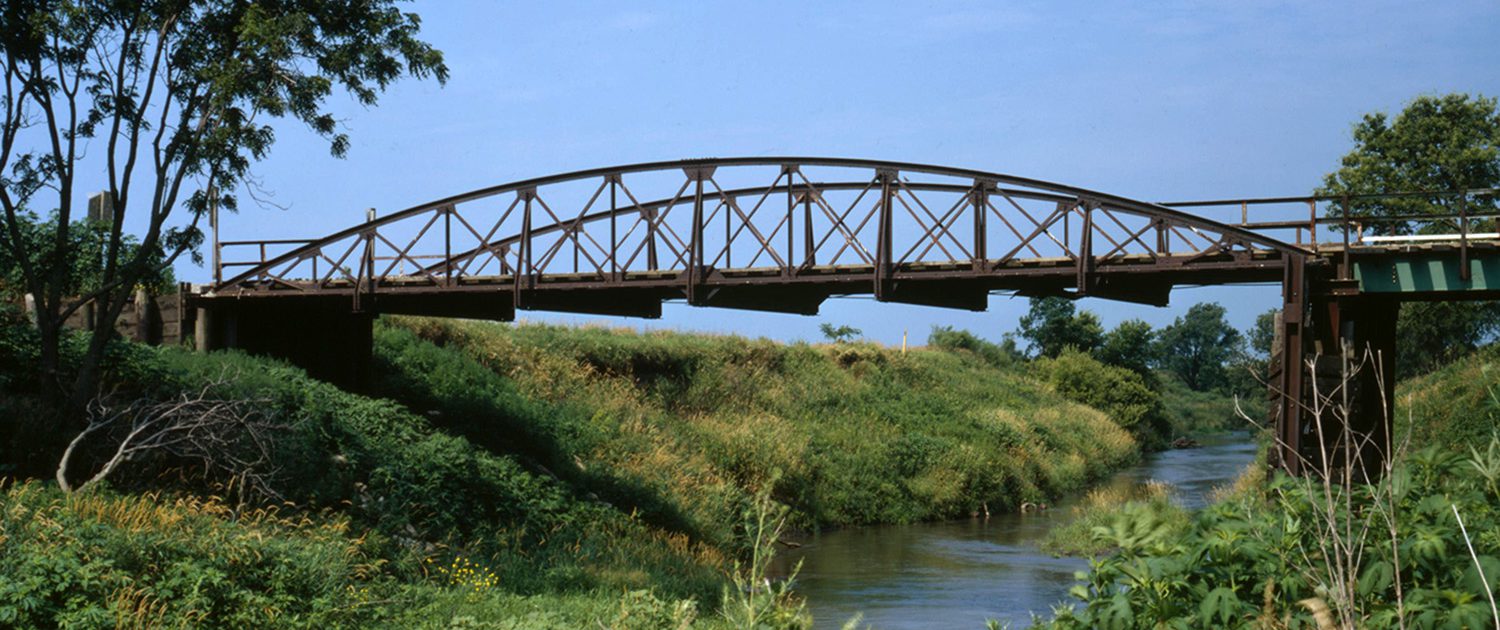
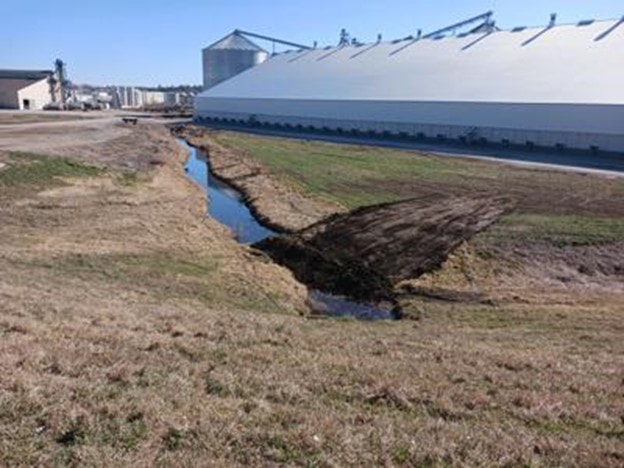


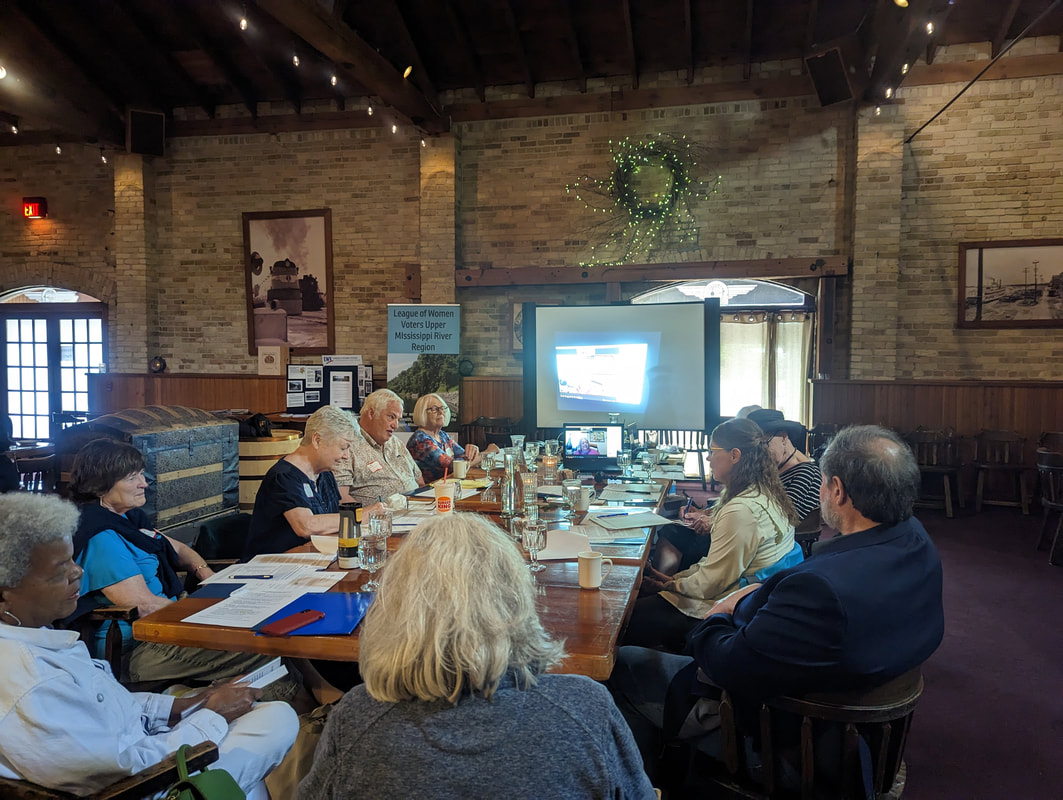
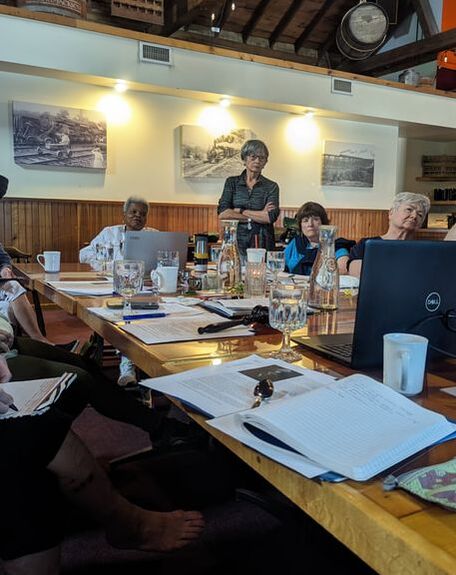
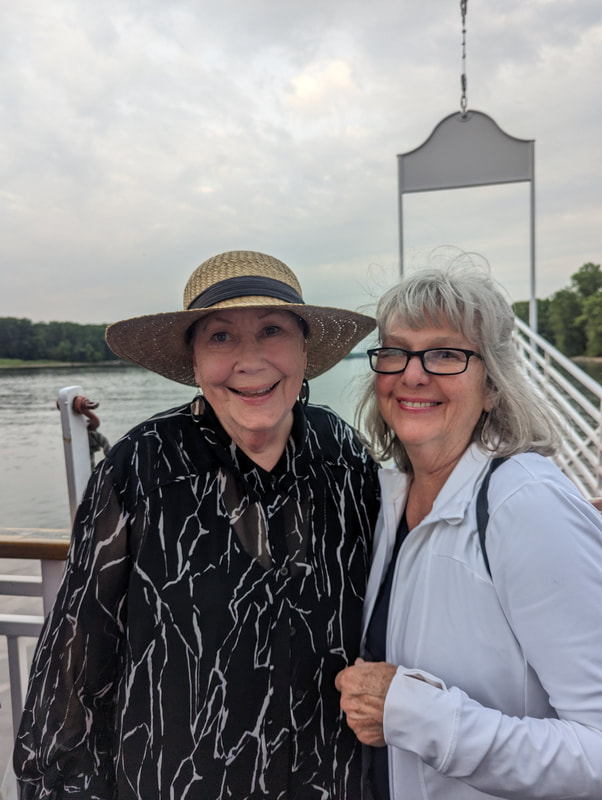
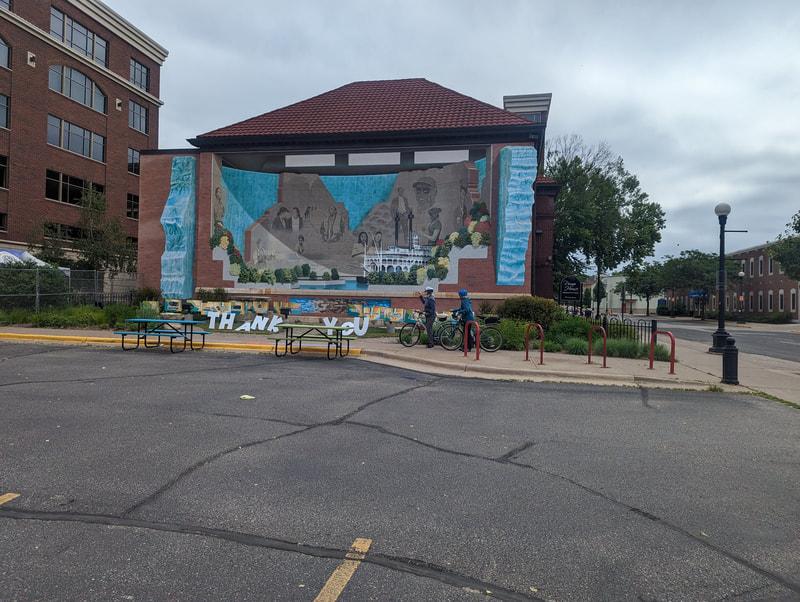
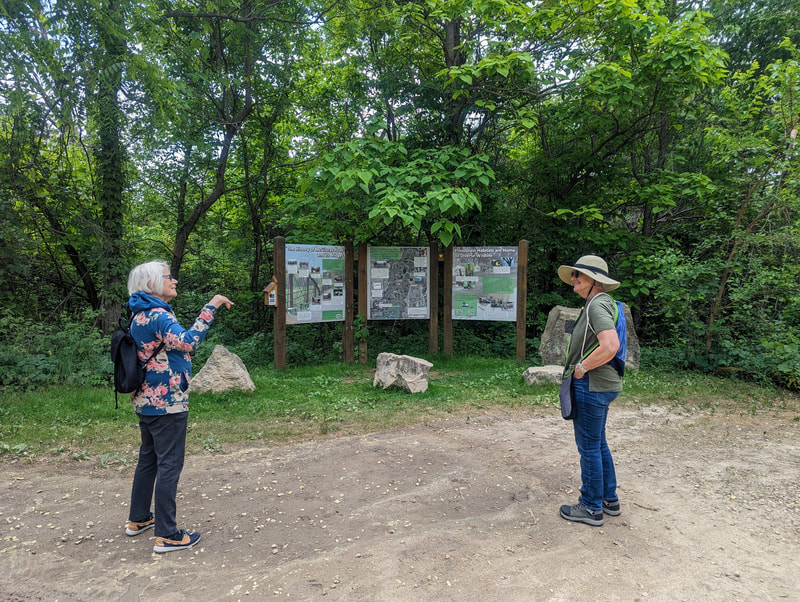
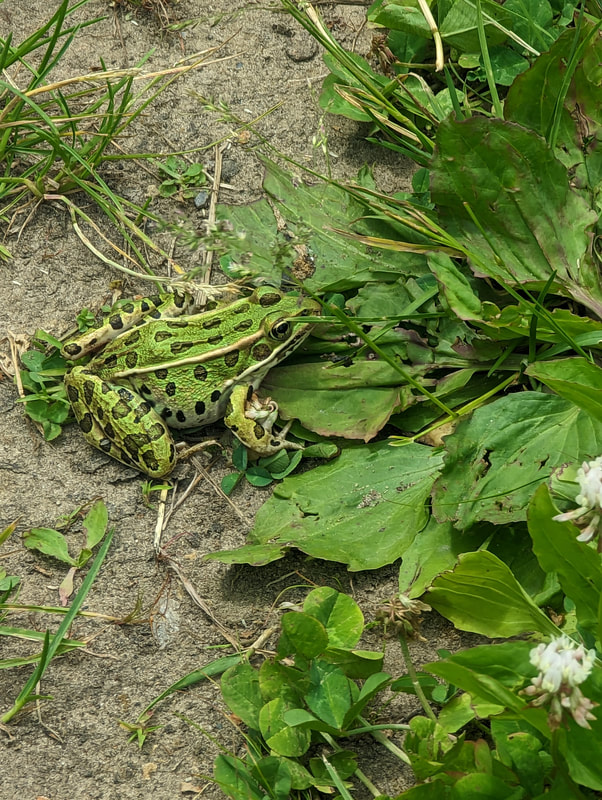
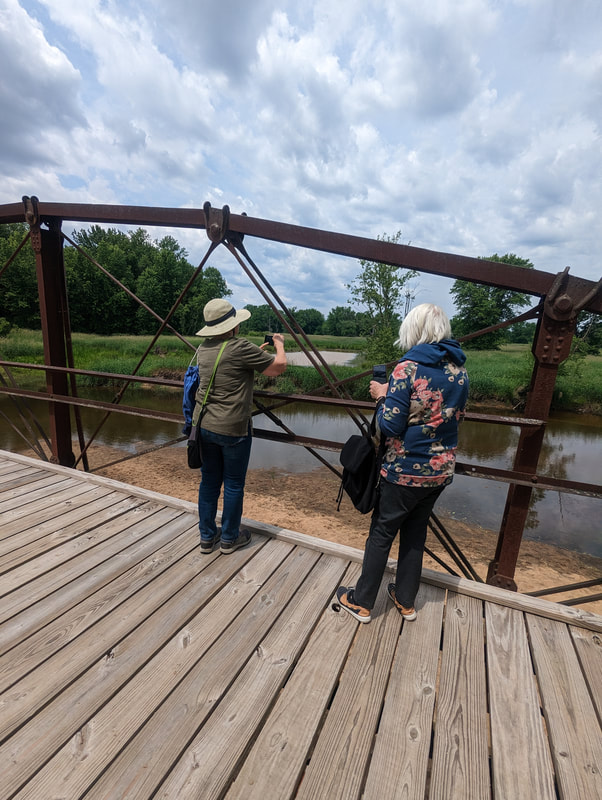
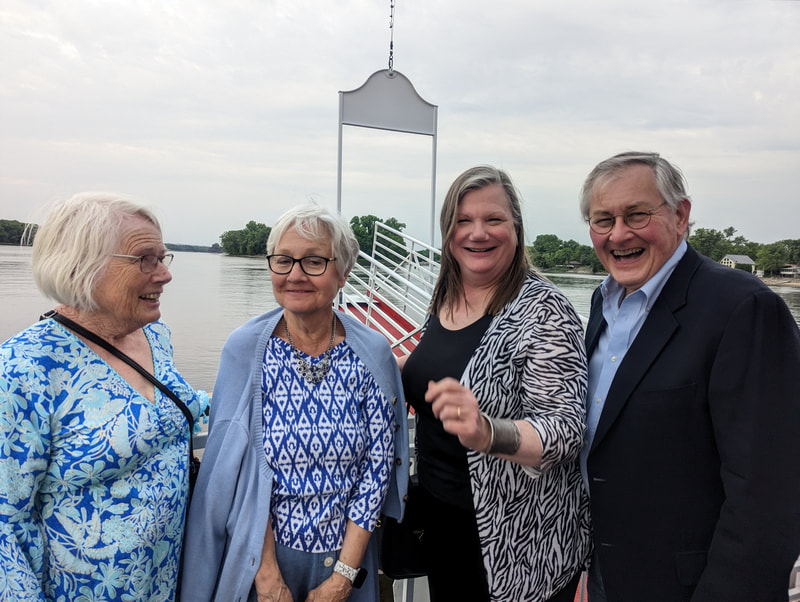
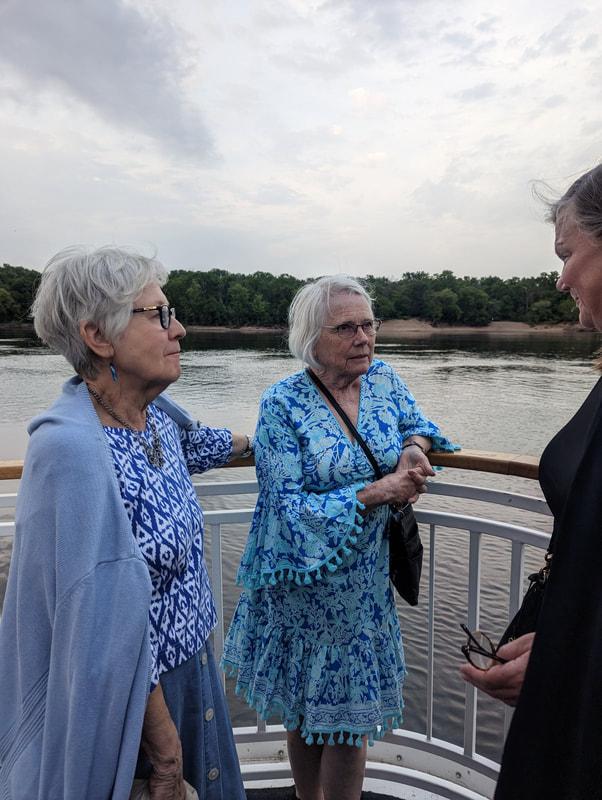
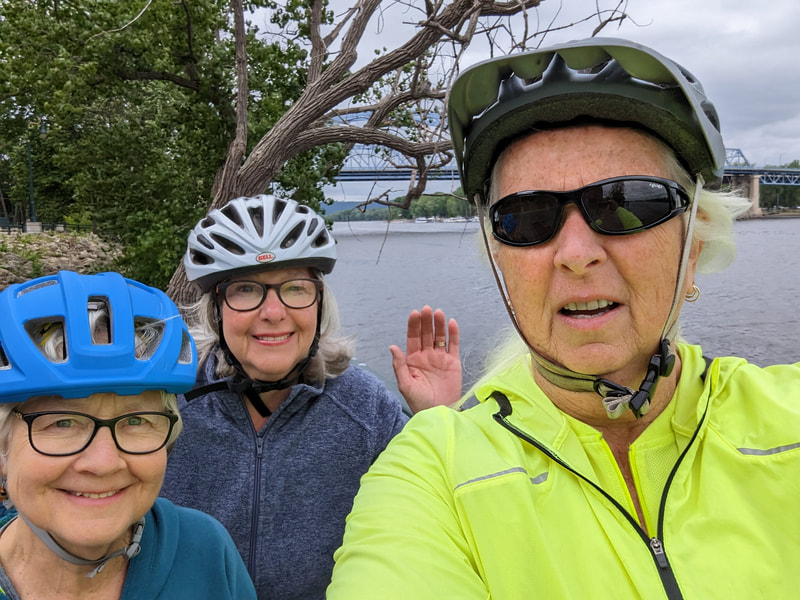
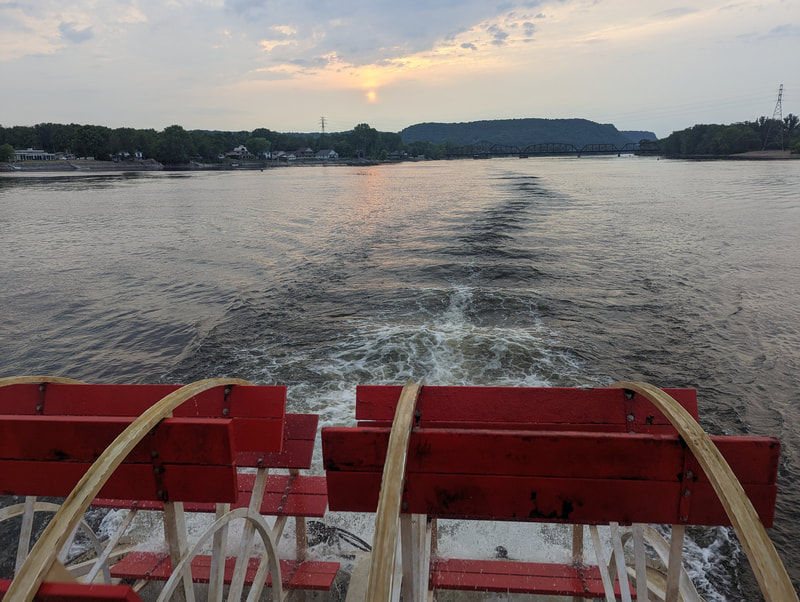
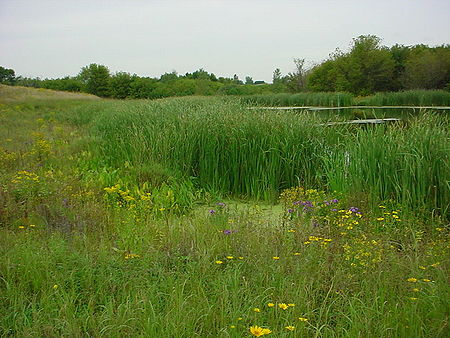
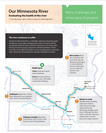
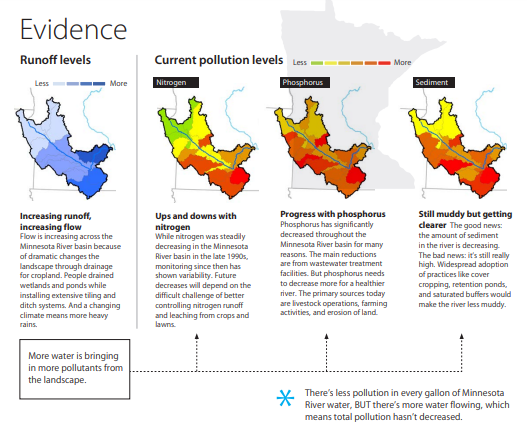
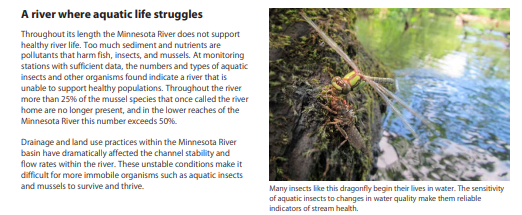

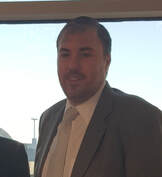
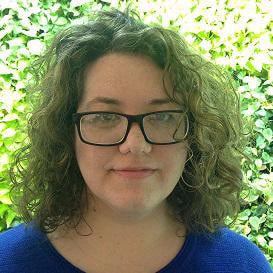
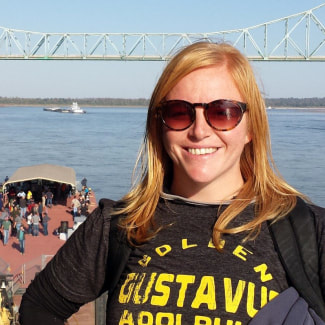
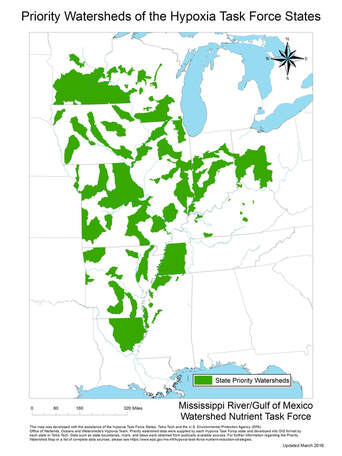
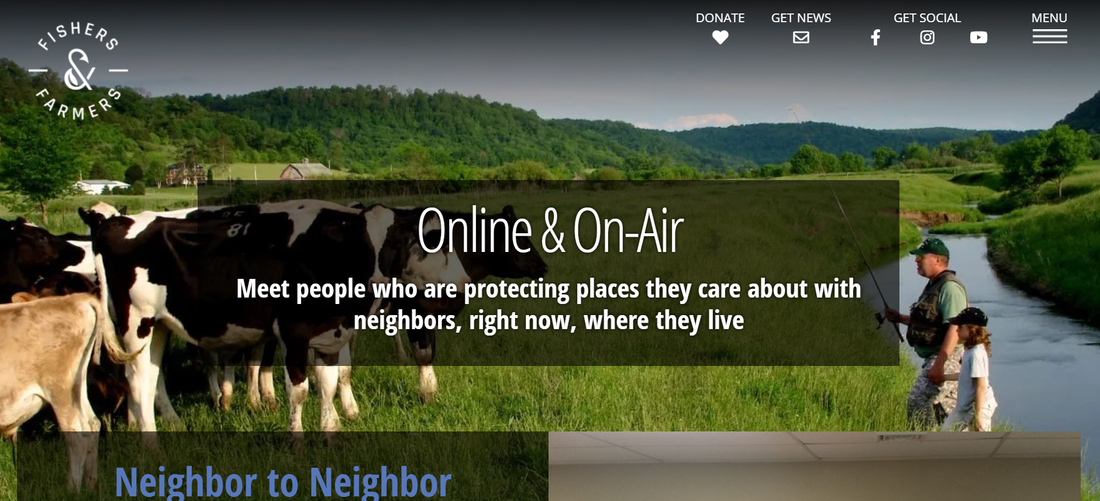
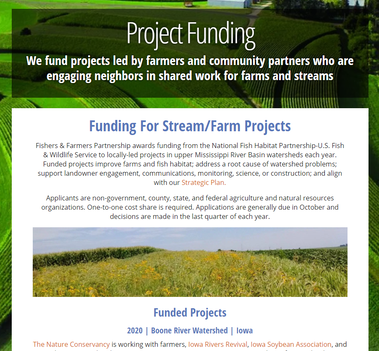
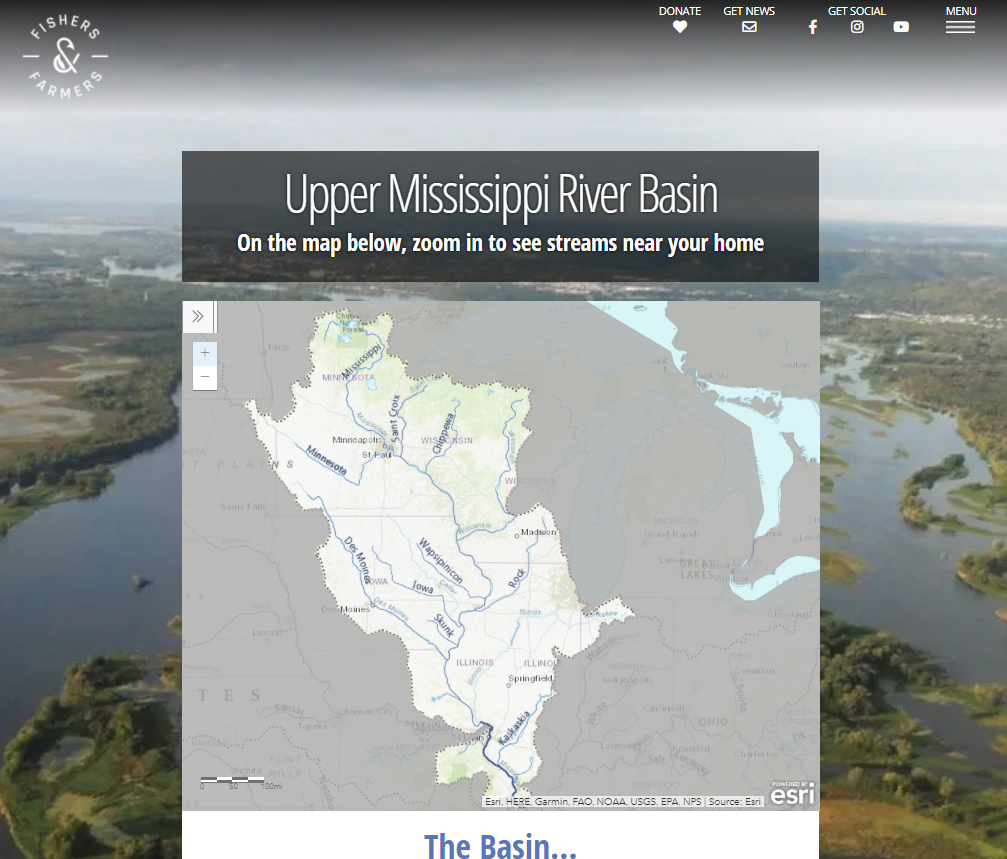
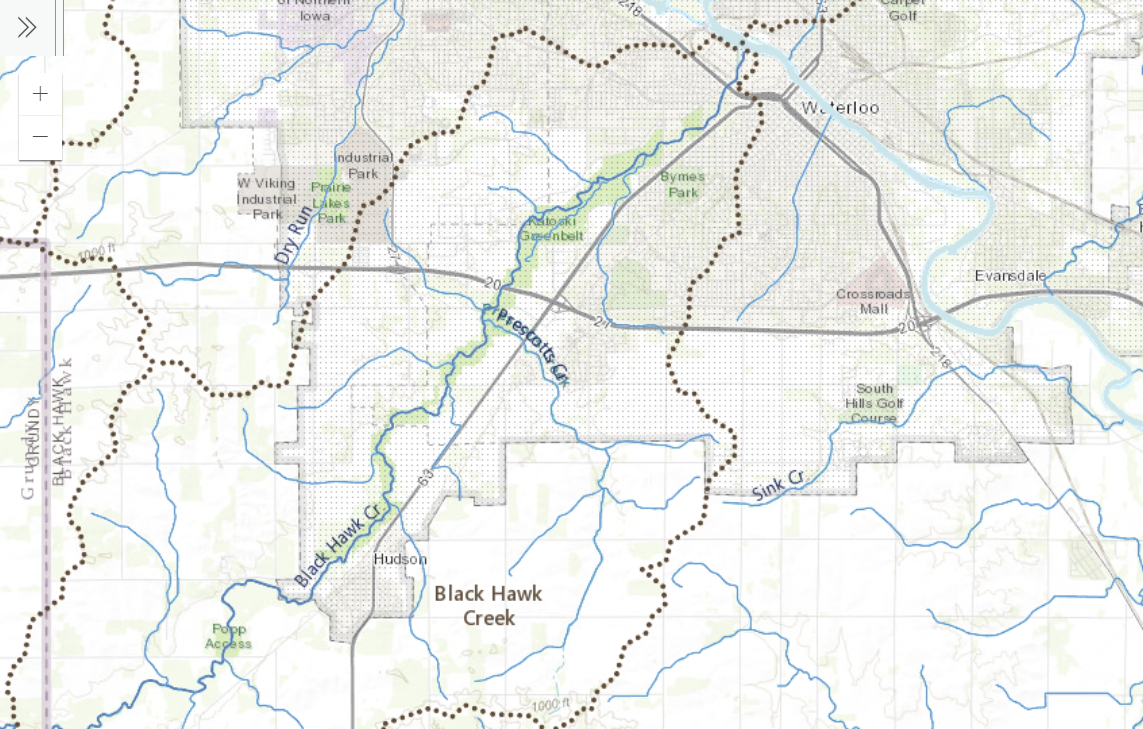
 RSS Feed
RSS Feed